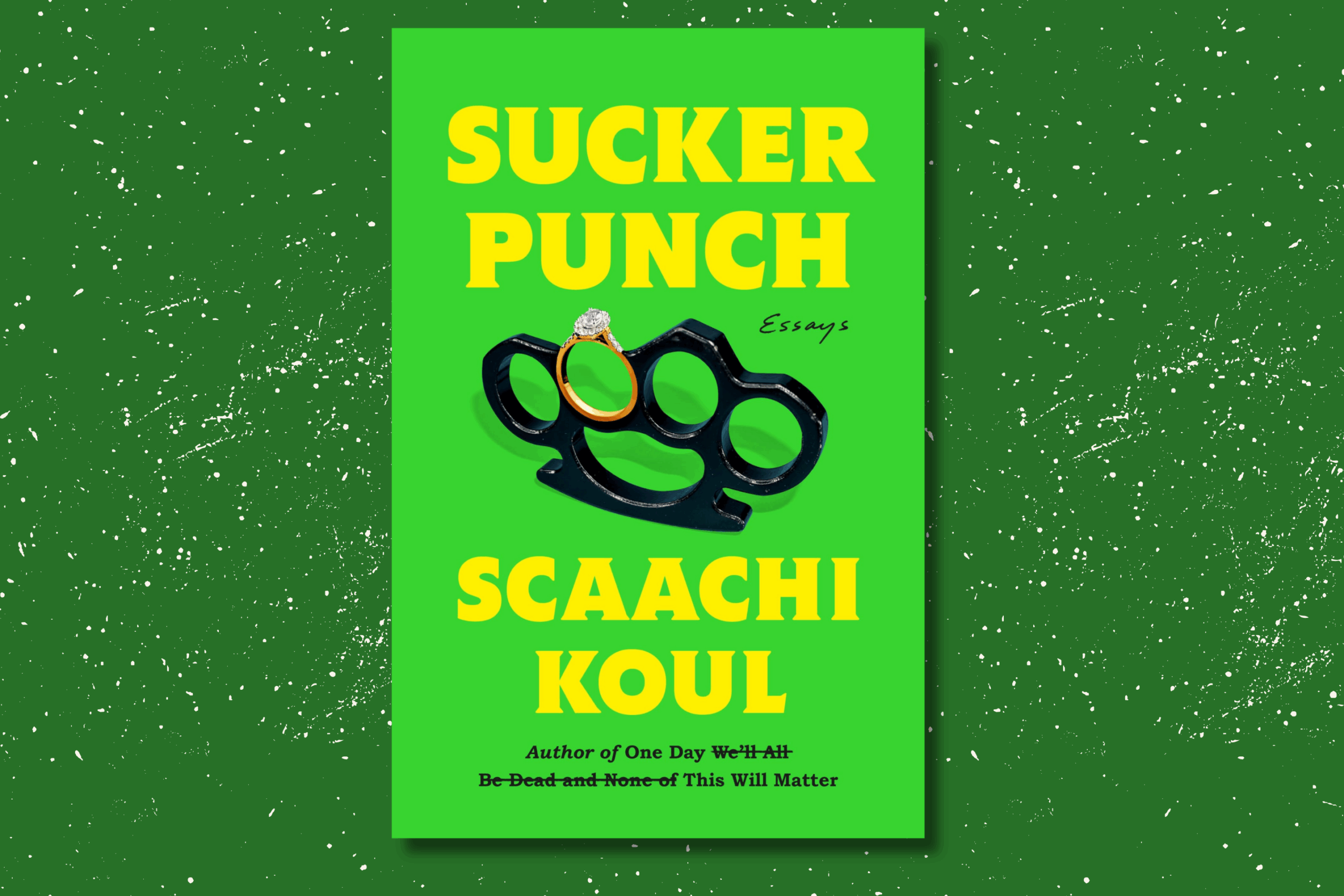Photo: Raizel Harjosubroto
By Raizel Harjosubroto
Everything in Zara was on sale. The $2 shirt sat in a pile of poorly stacked clothes. Employees ran back and forth frantically trying to keep the store clean as customers ravaged through racks underneath big, red “70% OFF” signs.
Meanwhile, a Zara employee was on her break and scrolling through Reformation on her phone, a company that sells ethically made clothing. Her jaw drops when she sees a similar shirt that costs $98.
That’s a $96 difference. For basically the same looking shirt.
“Where is this money even going?” she asks, exasperated.
Helena Artates, a creative industries student at Ryerson University, recently came to the realization that the clothes she was getting paid to sell, tidy and organized at Zara are not exactly ethically made. As a matter of fact, the labourers who made the clothing are reaching out for help so people know about their working conditions.
In this case, “ethically made” clothing means that people and the environment were not harmed in the process of creating the products to be sold.
However, when Artates was ready to take the leap into an ethical lifestyle, she was not prepared to pay nearly $100 for a t-shirt.
The full-time student started looking into more mindful brands when she began shopping online more often, about two to three years ago.
“I started finding brands like Reformation and Everlane. Before learning about their transparency… you just buy. You see something. You like it. You buy it. You don’t think about where it’s coming from, who it’s affecting and why it’s so cheap,” she says. “You just like that they are.”
In fact, whenever a customer receives a package from Everlane, they also get a breakdown of the cost of the jacket and where exactly each cent is going.
Artates particularly loves Reformation because, of course, they make “really cute clothes” while also caring about who makes them.
“When I realized that they cared about their workers–inside and outside of the factories–I thought to myself, ‘Why aren’t big brands like Zara and H&M making these types of moves when they have more opportunities to do these things?’” she says.
If there are brands out there that actively support their workers, care about their working conditions and don’t want to pollute the environment, why do people continue to shop at stores like Forever 21 and Gap, who don’t prioritize these things?
“They’re cheap. Everyone loves a good deal… As a student, you can’t afford to buy a $100 dress that was ethically made,” says Artates.
Though the clothes are cheap, that does not necessarily mean that they will last long. This portrays exactly what fast fashion is.
Fast fashion includes “fashion products that are made cheaply to meet the high demands of the consumer, allowing for quick changes on the retail floor,” according to Dr. Lu Ann Lafrenz.
Dr. Lafrenz is a fashion communications professor at Ryerson and her research focuses on sustainability. She says that she has been practicing ethical shopping before it became “important to the masses.”
“I still have clothes from university that I wear. I restyle clothes to update them; like changing bell-bottom pants to straight legs,” the professor says. “I only buy timely and classic pieces that have longevity and span seasons.”
But these “classic pieces” from ethical clothing brands that Dr. Lafrenz is talking about may not exactly adhere to a full-time student’s budget.
Environment and urban sustainability student Milleny Tan Rivero says that shopping at thrift stores was one of her only options while growing up since the prices are lower.
“When I started shopping for my own wardrobe as a pre-teen, I turned to thrift stores simply because used clothes were more affordable,” says the second-year student. “At this time, my mom would spew her anti-thrifting slander, claiming second-hand clothes would bring in bed bugs and carried stains, holes and stenches of strangers.”
In fear of bringing bed bugs into her home, Rivero resorted to depending on large retailers like H&M, Zara and Target.
“I felt like I needed to get sweet deals on more clothes than I needed. Large clothing companies need to invest resources into every level of the supply chain in order to yield long-term sustainability,” says the Ryerson student.
Just because companies are moving toward ethical and sustainable practices doesn’t necessarily mean that prices will decrease. At least not for a while.
“At this time, we are still trying to incorporate sustainability into products and until it becomes more prevalent and more suppliers have sustainable fabrics, the prices will still be more expensive,” said Dr. Lafrenz.
In the meantime, thrifting is a good alternative for students on a budget who want to shop ethically. Just make sure you don’t let the bed bugs bite.





